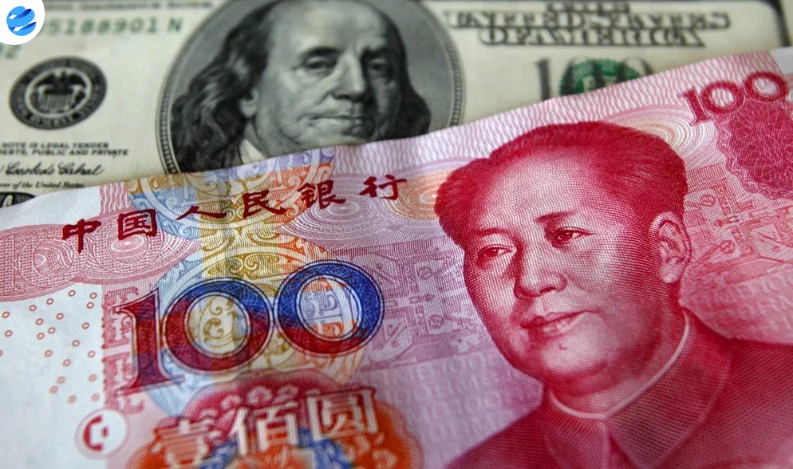China is intensifying efforts to elevate the global role of the yuan, as growing skepticism about the U.S. dollar’s stability reshapes currency dynamics across global markets. With the dollar index down more than 9% this year and the offshore yuan rising over 2%, Beijing sees a window of opportunity to promote de-dollarization strategies.
In a significant policy signal, People’s Bank of China Governor Pan Gongsheng last week called for “weakening excessive reliance on a single sovereign currency” during the Lujiazui Forum. The central bank also announced the establishment of a center for digital yuan internationalization in Shanghai, advancing the digital infrastructure needed to support broader cross-border use.
Strategic Moves and Market Access
China’s three major commodity exchanges, Shanghai, Dalian, and Zhengzhou, have opened access to 16 new futures and options contracts for qualified foreign institutional investors. These include commodities like natural rubber, lead, and tin, bolstering the yuan’s potential influence in global pricing systems.
Additionally, Beijing is seeking public feedback on proposals to allow foreign currencies as collateral for trades settled in yuan. Other steps include waiving account setup fees for foreign investors in the bond market and expanding ETF options trading access.
These reforms follow years of preparation and signal a deepening commitment to integrate international capital with China’s financial markets. Morgan Stanley’s local arm recently received approval to offer brokerage services for Chinese futures, and plans to expand into equities and fixed income.
Global Payments and Trade Expansion
Beyond capital markets, China is promoting the yuan in global payments and trade. Through a growing network of offshore yuan clearing banks and its Cross-border Interbank Payment System (CIPS), China is offering alternatives to dollar-dominated transactions, particularly in emerging markets.
The yuan’s presence in bilateral trade settlements, especially in the energy and commodities sectors, is gradually expanding. In Hong Kong, Beijing has set aside $100 billion to finance yuan-denominated trade for local businesses.
Yet despite these moves, the yuan’s global usage remains modest. According to Swift’s RMB Tracker, the currency accounted for 2.89% of global payments in May, ranking sixth overall, a drop from fifth place in April. The U.S. dollar, by contrast, still leads with a 48.46% share, followed by the euro at 23.56%.
Challenges to Global Adoption
Experts note persistent hurdles in the yuan’s global climb. BCA Research’s Matt Gertken points to weaker rule of law and limited liquidity in Chinese markets as structural limitations, while Eurasia Group’s Dan Wang emphasizes that while yuan settlement is rising, its growth is still uneven.
China’s tight capital controls and geopolitical risks continue to deter large-scale foreign participation. Nevertheless, institutional flows into yuan assets have increased, with State Street’s data showing steady inflows from underweight institutional portfolios.
As geopolitical tensions, U.S. policy uncertainty, and evolving trade dynamics reshape the global financial order, China’s long-term currency strategy is coming into sharper focus, even if full-scale de-dollarization remains a distant goal.























